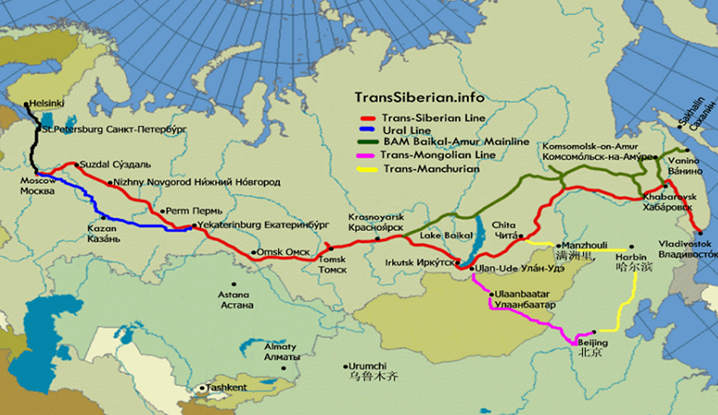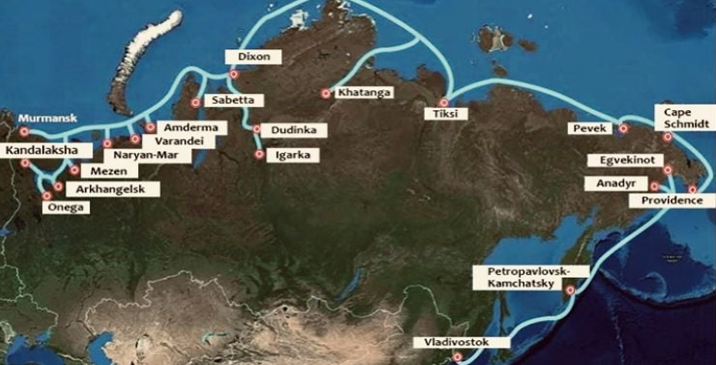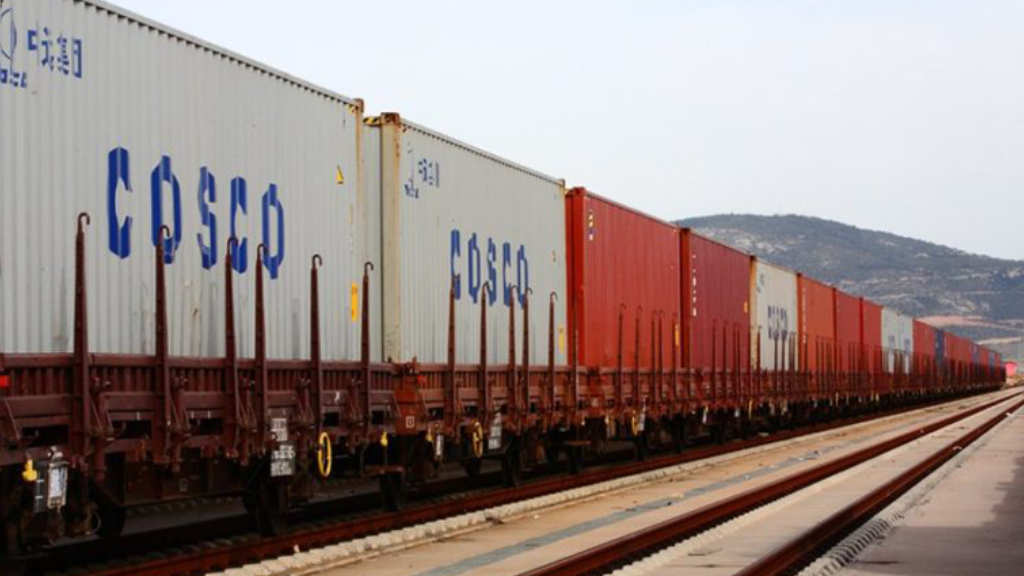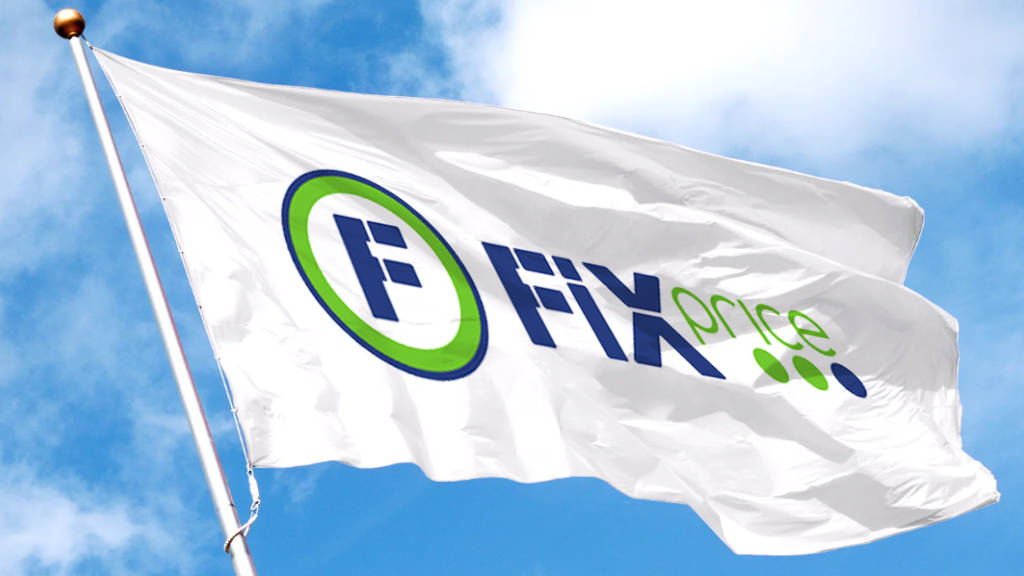The cost of transporting a 40-foot container on the Shanghai—Moscow route, despite an increase in October this year, remains at a five-year minimum—at US$5,300, according to the Centre for Price Indices estimates. However, rates for the Russian Federation remain more expensive than for China delivery to the European Baltic States ports and to Finland at more than double the cost.
Roman Shagalov, a senior analyst at the Centre for Price Indices (CPI), stated at the CPI container index launching on October 23 that “This is due to the decrease in import volumes from China and the resulting surplus of carrying capacity in the market both on the railway and maritime routes. Different modes of transport increase intermodal competition, all of which leads to a reduction in prices for container delivery from China, while the post-pandemic minimum is renewed several times during the year.
The CPI launched its container index on October 23. Its value on October 15 was US$5,305 and reflects the spot rates for transporting a 40-foot container from Shanghai to Moscow. This includes sea freight, railway logistics, terminal services in Russia, road delivery to the recipient’s warehouse, and container usage. Spot prices account for about 85% of import container transport.
The index is based on rates for four routes:
- By sea to Vladivostok and by railway to Moscow ,
- Direct rail through Kazakhstan,
- Direct rail via Mongolia,
- Ocean routes to Saint Petersburg or Novorossiysk with subsequent road delivery to Moscow.
Currently, the China-Russia transport share of the first two routes in the index is 44% and 43%, while the ocean sea routes account for 10% and 3%, respectively.

Shagalov adds that the weight values of the sub-indices are reviewed annually, and due to the increased popularity of the route through Saint Petersburg, its weighting has grown during 2025 compared to last year.

Data points to a small price increase during October. However, the expected seasonal increase in import container traffic, and consequently in rates, before the Christmas and New Year holidays has not occurred this year. Shagalov said that “Warehouses are currently overstocked, the population’s purchasing power has decreased, and imports remain at a low level.” Meanwhile, the increase in October is connected with independent factors, including increased customs control on the Kazakhstan—China border concerning containers imported into Russia, which were subjected to rates for container trains increasing by about 10% over September, and that China’s STF Shipping ceased operations in the Far East, having leased a container ship at a high market price and subsequently being involved in a financial dispute with the ship owner.
The trend for lower ocean shipping service rates intensified in October, but because a greater weight is assigned to the routes through Vladivostok or direct railway connections, the container index increased 3% and may continue to grow in November.
Shagalov says that the throughput capacity of railways should be monitored in the Far East “As long as railway transport moves quickly, ocean shipping rates will fluctuate at minimal values. The high key rate affects the delivery speed factor in one of two ways: imports are either carried out with available (i.e., not borrowed) funds, and the client is willing to pay more for delivery if it arrives earlier.
The Russian direction retains its premium rates for carriers. The rate on the Shanghai—Saint Petersburg route is US$3,100 for a 20-foot container and US$4,323 for a 40-foot container, while the same values for the ports of the Baltic States and Finland are 50% lower. For example, the Shanghai—Kotka route costs US$1,300 and US$1,750, Shanghai—Klaipeda US$1,150 and US$1,400, Shanghai—Riga US$1,200 and US$1,550, and Shanghai—Tallinn US$1,250 and US$1,550.
Further Reading





